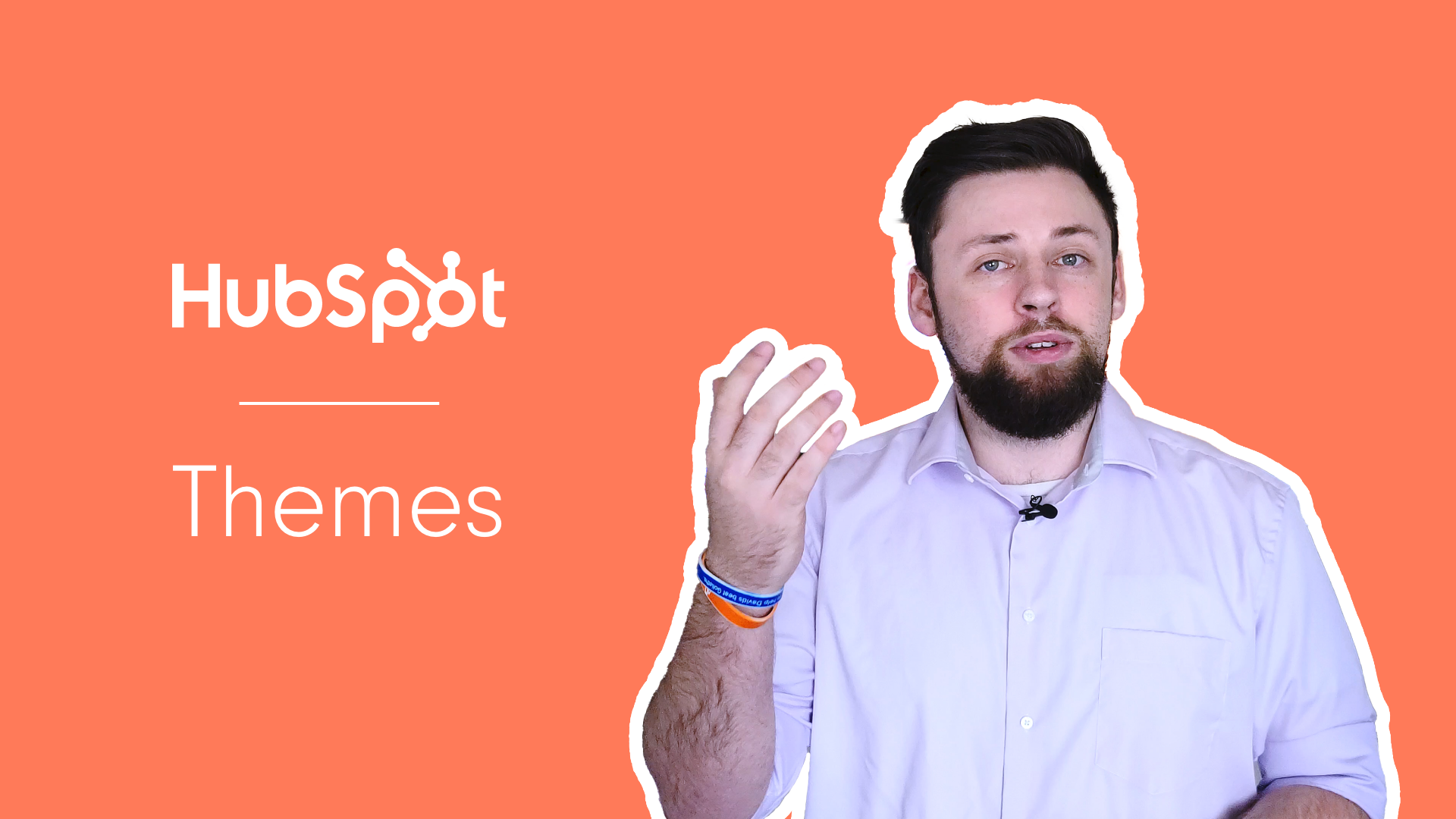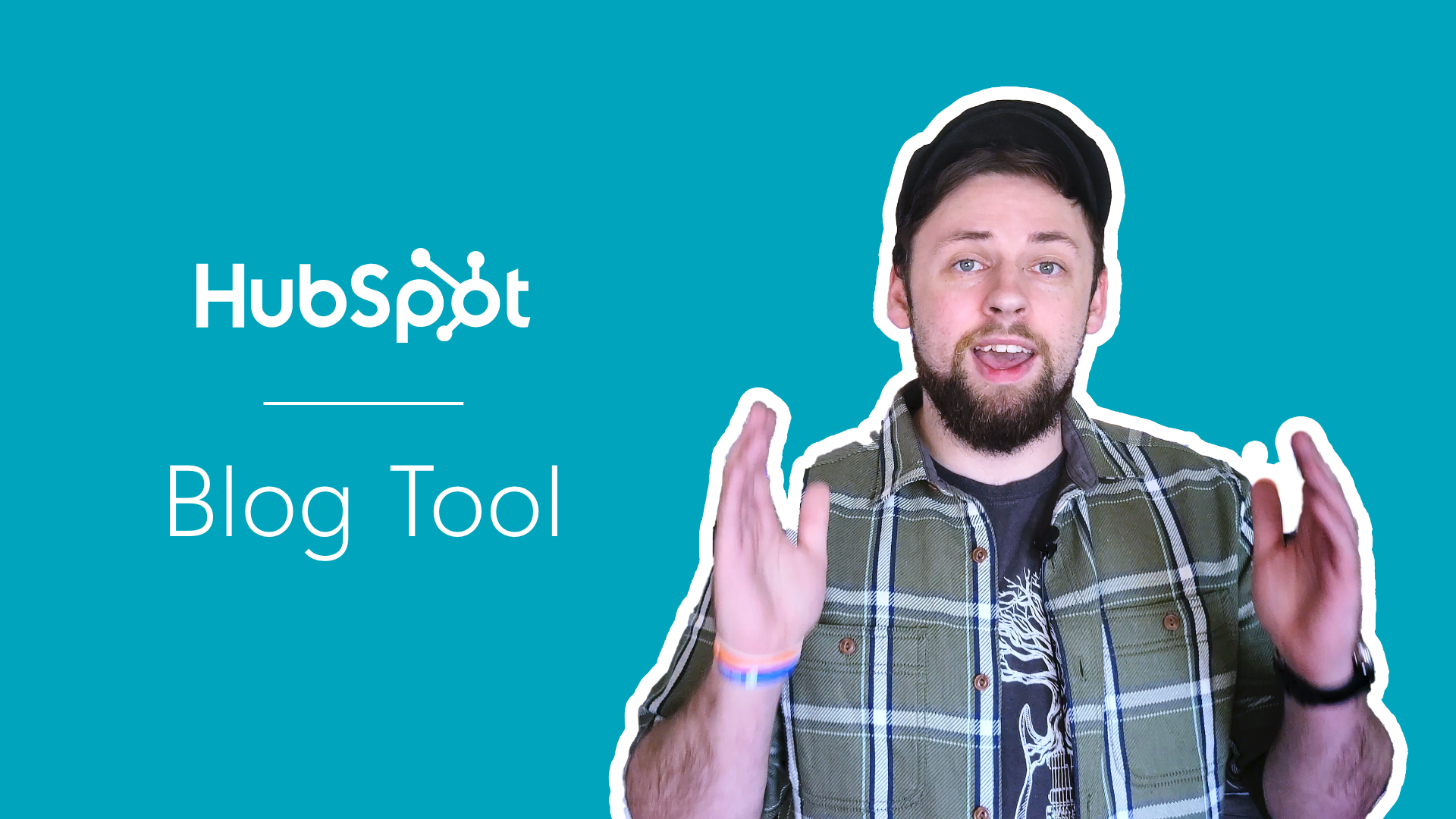Today, we’ll be diving into HubSpot’s chatflow tool and how to make the best use of all it has to offer. We’ll cover the different types of chatflows available, the basic building blocks used to create chat flows, and best-practices for setting up your chatflow.
Resources:
Create a bot:
https://knowledge.hubspot.com/chatflows/create-a-bot
Choose your bot actions:
https://knowledge.hubspot.com/conversations/a-guide-to-bot-actions
Full Transcript:
Throughout this video, you might hear two terms frequently used, chatflows and chatbots. For the context of this video, these terms are used interchangeably.
To access HubSpot’s Chatflows tool, we’ll navigate to the Conversations tab and select Chatflows from the dropdown menu.
Depending on the products and services available to you based on your HubSpot subscription or package, you’ll have the ability to choose from a number of different chatflows. First, click the orange “Create chatflow” button in the upper right hand corner. Notice that you’ll have two options, to create a chatflow for your website, and a chatflow for Facebook Messenger. You must connect your Facebook account to HubSpot first in order to use the chatflow tool in Facebook Messenger. Today, I’m going to highlight just a few of the most common types of chatflow used:
- Live Chat allows you to welcome website visitors and send them to your live team who are ready to interface and interact with visitors at a moment's notice.
- The Meetings bot allows visitors to more easily book meetings with your sales team for things like demos or consultations. The meetings bot utilizes your HubSpot meetings link.
- Qualify Lead Bot allows you to ask a set of qualifying questions to visitors to ensure that they are “sales-ready” before handing them off to your sales team.
- Now, if you have Service Hub and a Knowledge Base set up, you can create a bot that searches your knowledge base to provide visitors with answers to their questions, and the ability to hand off the conversation to a live teammate if the knowledge base doesn’t answer the question. Note that this type of chatbot requires a Service Hub subscription with HubSpot
- If you want to start a chatflow from scratch, you can do so. We’re going to start today by building a new chatflow from scratch.
Pro Tip: Before building your chatflow, create an outline of the chatflow in a Google Doc. Revise and edit this chatflow with your team before building it out in HubSpot. Ensure that you have a solid chatflow outline by running through all possible steps, actions, and messages that a user could take. Here, you can flush out language, tone, and transitions. Editing complex chatflows can become a tedious task, but a solid outline to reference at all times can be helpful. I suggest a flowchart making tool, like Lucidchart, to help you create the outline.
Diving back into the HubSpot chatflows tool, you can build your chatflow with any number and combination of building blocks. Click the plus sign below a chatflow step to add building blocks. I’m going to highlight just a few of the most important building blocks commonly used in chatflows.
The “Send Simple Message” block sends the visitor a message without asking for a response. This could be used to give further instructions or context about what the chatflow is instructing the user to do, or used in an introductory or goodbye message. Most building blocks will require you to add an “Action Name” to keep track of the block or step, especially if it is used multiple times within the chatflow. Being descriptive with the Action Name can help you find and locate steps that need editing in the future.
The “Ask Question” block poses a question to the visitor and solicits a response before moving on to the next step in the chatflow. You can choose from a number of Frequently used questions, or create a custom question. Note that you can save user responses to chatflow-posed questions in contact properties within HubSpot. Click “Save to HubSpot Property” and select a property. Doing so will save the user’s response to your chatflow-posed question directly to that HubSpot property. For some HubSpot properties, like Dropdown selects, radio selects, and multiple checkboxes, a number of “Quick Replies” will pre-populate based on the options available within the selected property. This ensures that a user’s response to your question automatically syncs to the appropriate contact property.
You can also manually add a number of quick replies as preset responses provided to the user. Typically, posing open ended questions is not a best practice, so try to set a number of quick replies that make sense given the posed question. Open ended questions like First Name, Last Name, and Email are ok.
Lastly, you can skip over a question posed in the chatflow if the user you’re asking the question to already has an answer within an associated contact property.
For example, if a user interacts with your chatflow and you already know the user’s email address, you can click “Skip this action if property already exists” to skip over a question asking the user for his/her email address again, since it is already known by the HubSpot CRM.
If/then branching allows you to send a user down a specific chatflow path depending on an answer they provided in an earlier step of the chatflow. Similar to if/then branching in a HubSpot workflow, you can select a number of criteria that the contact should meet before continuing down a certain path of the chatflow.
Another popular building block is the Book a Meeting building block. Here, you can choose a HubSpot meetings link which will automatically sync or pull in the availability of a teammate based on their HubSpot meetings calendar.
If you’re unfamiliar with HubSpot’s meetings link tool, please watch our video tutorial or read the HubSpot resource left in the show notes! By using the Book a Meeting building block, users can book meetings with you directly in the chatflow by selecting pre-populated time and date availability!
When the chatflow reaches a point in which it no longer can answer a user’s more complex questions, or the user has signaled that they want to talk to a live human, you can use the Send to Team Member building block to route the chatflow to a team member that can take over the chatflow conversation. If no team members are available to take the chatflow conversation, you can set a message to be shown to the user that a team member will reach back out to them as soon as possible.
There are other chatflow building blocks that allow you to do things behind the scenes; steps that the user won’t see as they are interacting with the chatflow. Updating contact properties, adding users to lists, or placing users in workflows after a desired step is taken are some common behind the scenes building blocks.
For example, if someone reaches a certain step within the chatflow, perhaps they book a meeting with you or they reach the end of the chatflow, you can set a contact property behind the scenes to keep track of those steps. Likewise, you can also add them to static lists or enroll users into workflows after desired actions are taken in the chatflow.
Once you’ve added all of the appropriate chatflow building blocks, you can preview how the chatflow will appear from the user’s perspective. Click the Preview button in the upper right hand corner to open the chatflow and test any number of the chatflow paths that you’ve created. I highly suggest having your teammates thoroughly test the chatflow to ensure building block transitions are smooth and are logical from the user’s perspective. One last bit of advice, practice the no dead ends rule. If a user comes to the end of a chatflow, suggest other options for the user to take instead of just ending the chatflow. In this example, the user has the ability to further engage with the chatflow if desired, or end the chatflow on their own terms.
Next, you’ll want to tell HubSpot where the chatflow should be placed on your website. By default your chatflow will appear on all of your web pages and visible to all website visitors. Adding a URL or Query Parameter under the Website URL section will ensure that the chatflow only appears on pages that meet the criteria you’ve entered. Note that if you have non-HubSpot pages with the HubSpot tracking code placed on the page, you can still add your chatbot to those non-HubSpot pages.
You can also filter who sees the chatflow by a number of other user filters, including list memberships, call-to-action clicks, form submissions, device types, and pages viewed. This criteria further filters out which users will see the chatflow throughout your website.
Heading over the Display options will allow you to change how the chatflow appears on the page. Here, you can give some personality to your chatbot by adding a photo to be displayed at the top of your chatflow and by giving your chatflow a creative name. Set your chatflow display triggers to make the chatflow appears after the user has been on the page for several seconds, has scrolled down a certain percentage of the page, or displays behavior that shows intent of exiting the page.
Lastly, in the options section, you can set an error message and set the chatflow to reset after a certain period of inactivity with a user. If you only want the chatbot to display when your team is ready and available to handle any conversations or live chats that are produced by the chatbot, you can choose to do so under the “Availability” settings. You can also enable data privacy and consent options on this page.
Ok, so you’ve tested the chatflow several times, you like how it looks, feels, and appears from the user’s perspective. You’re ready to turn on your chatflow! Navigate to the upper right hand corner to toggle your chatflow “On”. Your chatbot will now appear on the pages that you’ve set, and users will begin interacting with your chatbot!
It may be a good idea to monitor the data and contact properties that are being set within the chatflow to ensure that the data coming in from the chatbot is clean, accurate, and usable.
If you need to edit any step or building block of the chatbot, do be conscious about where the building block is used within the chatflow. Building blocks used in multiple locations throughout the chatflow will also update if you choose to update just one instance of the building block within a particular chatflow path. Think about updating a building block as a global change to that building block throughout the entire chatflow.
Subscribe for more videos!
Recommended Videos
Everything You Need to Know About Themes in HubSpot
Host: Robert Gonzalez
Today we are going to be talking a look at one of...
Creating a Blog Post with HubSpot
Host: Robert Gonzalez
Today we are going to be taking a look at...
How To Build HubSpot Landing and Website Pages
Host: Robert Gonzalez
Today we'll be taking a look at HubSpot's Landing...




0 Comments
Topics: How to Use HubSpot, HubSpot Sales Tools